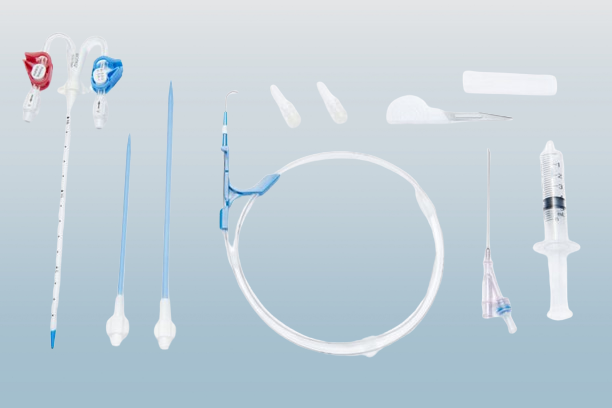- **Brain Model**:
– **Materials**:
– Clay or playdough in different colors
– Reference images or diagrams of the brain
– **Instructions**:
- **Prepare**: Gather your materials and find a workspace where you can work comfortably.
- **Shape the Brain**: Start with a lump of clay or playdough and mold it into a rough brain shape. Flatten the bottom slightly so it can sit on a flat surface.
- **Divide into Parts**: Use different colors of clay or playdough to represent different parts of the brain (e.g., gray for the cerebrum, green for the cerebellum, pink for the brainstem).
- **Add Details**: Refer to your diagrams to add details like grooves (sulci) and bumps (gyri) to mimic the brain’s surface texture.
- **Label (Optional)**: If you want to make it educational, label each part with small clay tags or paper labels.
- **Neuron Model**:
– **Materials**:
– Pipe cleaners (multiple colors)
– Modeling clay or playdough
– Small beads or other small items for synaptic connections
– **Instructions**:
- **Main Structure**: Take one pipe cleaner and shape it into the main axon. Leave space to add dendrites.
- **Add Dendrites**: Attach smaller pipe cleaners to the main axon to represent dendrites. Shape them into branches.
- **Synaptic Connections**: Use small beads or mold clay/playdough to create synaptic connections (synapses) between dendrites and axons.
- **Cell Body**: Mold clay or playdough around the base of the axon to create the cell body.
- **Display**: Arrange your neuron model on a flat surface to demonstrate how neurons transmit signals through their structures.
- **Brain Anatomy Poster or Chart**:
– **Materials**:
– Printouts or drawings of brain anatomy diagrams
– Markers or pens
– **Instructions**:
- **Print or Draw Diagrams**: Use online resources or textbooks to find clear diagrams of brain anatomy.
- **Label Parts**: Print or draw the diagrams on large sheets of paper or use a whiteboard. Label each part with its name and function.
- **Color Code**: Use markers or colored pens to color-code different areas of the brain (e.g., gray for the cerebrum, green for the cerebellum, pink for the brainstem).
- **Mount or Display**: Hang the posters on a wall or set them up on a table for easy reference during learning sessions.
Cardiology Science Kit:
- **Heart Model**:
– **Materials**:
– Clay or playdough in various colors
– Reference images or diagrams of the heart
– **Instructions**:
- **Prepare**: Gather your materials and find a clean workspace.
- **Shape the Heart**: Start with a lump of clay or playdough and shape it into a basic heart shape. Flatten the bottom slightly so it can sit on a flat surface.
- **Add Chambers**: Use different colors to represent the chambers of the heart (e.g., red for oxygenated blood in the left side, blue for deoxygenated blood in the right side).
- **Valves and Vessels**: Mold smaller pieces of clay or playdough to represent heart valves (like the tricuspid and mitral valves) and major blood vessels (like the aorta and pulmonary arteries).
- **Display**: Place your heart model on a tray or display it in a clear box to protect it and make it easy to observe from different angles.
- **Blood Pressure Measurement**:
– **Materials**:
– DIY sphygmomanometer materials (rubber tubing, balloon, pressure gauge)
– Stethoscope (or improvised materials like funnel and tubing)
– **Instructions**:
- **Construct the Cuff**: Attach rubber tubing to a balloon to create the blood pressure cuff. Securely connect the tubing to a pressure gauge.
- **Prepare the Listening Device**: Use a stethoscope or create a simple version with a funnel and tubing to listen for pulse sounds.
- **Measure Pressure**: Inflate the cuff and gradually release the pressure while listening through the stethoscope or improvised listening device. Note the systolic and diastolic pressures.
- **Heart Anatomy Poster or Chart**:
– **Materials**:
– Printouts or drawings of heart anatomy diagrams
– Markers or pens
– **Instructions**:
- **Print or Draw Diagrams**: Find clear diagrams of heart anatomy from online sources or textbooks.
- **Label Parts**: Print the diagrams on large sheets of paper or draw them on a whiteboard. Label each part with its name and function (e.g., atria, ventricles, valves).
- **Color Code**: Use markers or colored pens to color-code different areas of the heart for easy identification (e.g., red for oxygen-rich areas, blue for oxygen-poor areas).
- **Display**: Hang the posters in a visible place or set them up on a table where they can be easily referenced during activities and discussions.





